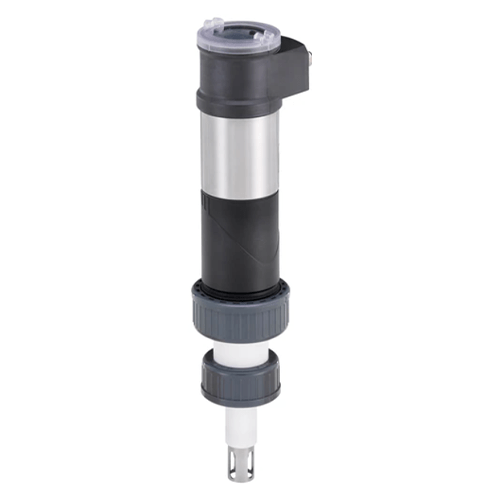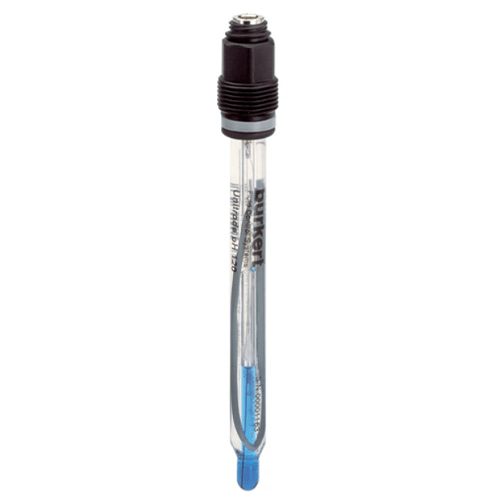8202 pH Redox Potential Transmitter
The Bürkert transmitter Type 8202 is a compact device for the measurement of the pH value in liquids that are clean, dirty, or contain sulphide or protein or the measurement of the redox potential (ORP) value in clean or dirty liquids, liquids with sulphide or protein, and liquids that have a low conductivity. Thus, due to the measurement device’s design, Bürkert has simplified installation and maintenance work. The device Type 8202 is available in two variants. The first one, the so-called ELEMENT standard is proposed either with three adjustable outputs (two digital outputs and one analogue output) or with four adjustable outputs (two digital and two analogue) and can be equipped with a display. The display is only required for start-up, configuration (e.g. selection of pH/ORP measurement, measuring range, units, calibration, thresholds, etc) or as a process value display. The second, the so-called ELEMENT neutrino is a 2-wire device, without display and with a 4…20 mA current output or with a digital communication mode that can communicate either in IO-Link or in büS (Bürkert system bus based on CANopen). The device Type 8202 converts the measuring signal and computes the output signals, which are provided via one or two M12 plug connections for the ELEMENT standard variant as well as via one M12 plug connection or on a terminal strip via a cable gland for the ELEMENT neutrino variant. The device in the ELEMENT standard variant shows several values in different measuring units (if display is mounted).





